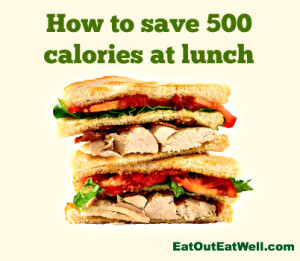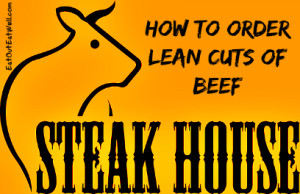Here’s your Tuesday tip:
 Are you planning on having a sandwich for lunch?
Are you planning on having a sandwich for lunch?
- You can substitute mustard for mayo and save 100 calories.
- If you leave off the slice of Swiss cheese you save another 133 calories.
- Ditch two slices of bacon from your club sandwich or subtract two slices from your BLT to save another 84 calories.
- Put your turkey, ham, or roast beef along with lettuce, tomato and onions on a whole grain pita (74 calories) instead of between two slices of rye (180 calories).
- When you tally up the calories you’ve saved a total of 423 calories.
- If you walk to and from the deli or around the block several times and you’ve easily saved yourself 500 calories.




